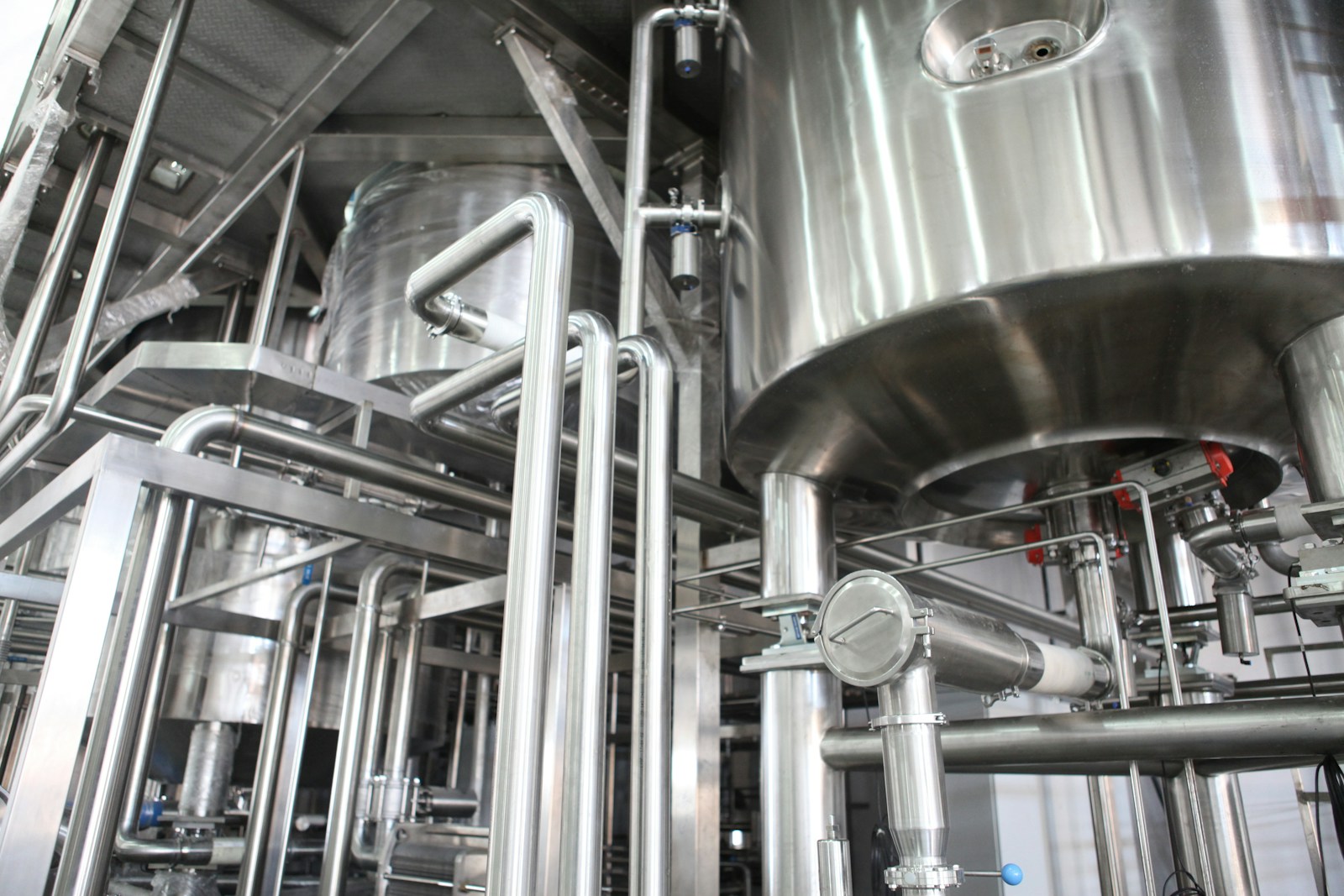High-heat environments refer to settings where materials are exposed to extreme temperatures, often exceeding hundreds or even thousands of degrees Celsius. These conditions are common in industries such as automotive, aerospace, chemical processing, and manufacturing. Stainless steel, a metal alloy rich in chromium, is renowned for its ability to resist heat, maintain structural integrity, and fend off corrosion, making it the go-to material for such demanding scenarios. At Metro Steel, we’ve seen first-hand how well stainless steel performs in demanding conditions and it’s why we continue to recommend it for projects needing resilience against high temperatures. But why exactly does stainless steel outperform other materials in high-heat environments? Let’s explore the unique properties and benefits that make it an unmatched choice when the heat is on.
The Heat Resistance of Stainless Steel
One of stainless steel’s most valued properties is its ability to maintain structural integrity even when exposed to elevated temperatures. This metal alloy can handle sustained heat without degrading, making it indispensable for applications where other materials might melt or fail. Stainless steel has a significantly higher melting point than many other metals, which typically ranges from 1400 to 1530°C, depending on the grade. This high melting point makes it ideal for high-temperature applications like industrial ovens, furnace components and automotive exhaust systems. Compared to standard carbon steel, which is prone to melting or softening much sooner, stainless steel stands firm, allowing for reliable performance even under thermal stress.
Strength and Durability Under Heat
While many materials tend to weaken, warp, or lose their shape when exposed to high temperatures, stainless steel retains its strength and durability. This characteristic makes it ideal for industries where reliability is crucial, as any weakening or failure of components could have catastrophic consequences. For example, when used in the automotive industry, stainless steel’s ability to maintain its strength and form under heat ensures safer, longer-lasting parts. Compared to aluminium or standard steel, which can soften at high temperatures, stainless steel offers a superior level of durability, reducing the risk of structural failure.
Corrosion Resistance in Hot Conditions
High temperatures can speed up corrosion in many metals, leading to premature wear and eventual failure of parts. However, stainless steel stands out due to its impressive corrosion resistance, even under hot conditions. Its protective chromium oxide layer acts as a shield, preventing oxidation and rust from penetrating the surface. This means that stainless steel resists corrosion effectively, even when exposed to intense heat and harsh conditions. For industries like chemical processing, where both high temperatures and corrosive substances are common, stainless steel offers double protection: resistance to both heat and corrosion, ensuring longevity and safety.
Thermal Expansion and Conductivity
When designing components for high-heat environments, understanding a material’s thermal expansion and conductivity is key. Stainless steel expands when heated but at a controlled rate, which can be a significant advantage in applications where parts need to maintain precision fit under thermal stress. This moderate thermal expansion means that stainless steel structures are less likely to warp or deform as temperatures fluctuate. Additionally, stainless steel has a relatively low thermal conductivity compared to materials like copper, which helps retain heat within certain components, making it useful in applications like heat exchangers and industrial cooking equipment.
Types of Stainless Steel Suitable for High Heat
Not all stainless steels are created equal when it comes to high-temperature performance. Different grades offer varying levels of heat resistance, so it’s essential to choose the right one for your application:
- 304 Stainless Steel: One of the most common types, 304 stainless steel can withstand moderately high temperatures. It’s widely used for parts that experience intermittent exposure to heat, such as kitchen equipment and automotive components.
- 310 Stainless Steel: Known for its excellent high-temperature properties, 310 stainless steel is designed for applications requiring both heat and corrosion resistance. It can handle temperatures up to 1150°C, making it suitable for furnace parts, heat treatment baskets and other high-heat equipment.
- 316 Stainless Steel: While 316 stainless steel is often chosen for its corrosion resistance, it also offers a good level of heat resistance. It’s widely used in environments where high temperatures and harsh chemicals are present, such as in the chemical industry and marine applications.
Selecting the appropriate stainless steel grade can make all the difference in performance, longevity and reliability in high-heat environments. For personalised advice on which grade best suits your needs, we at Metro Steel are here to help.
Maximising Performance with Metro Steel’s Stainless Solutions
When high-heat environments push materials to their limits, stainless steel proves time and again to be the ideal choice. Its heat resistance, durability, corrosion resistance and thermal properties make it a highly adaptable material that delivers safety and reliability under pressure. At Metro Steel, we take pride in providing top-quality stainless steel solutions tailored to meet the specific demands of high-heat applications across various industries. If you’re considering stainless steel for your project and need guidance on selecting the right grade, feel free to reach out to us. We’re here to provide the expertise and materials needed to ensure your equipment can withstand even the most challenging environments.
 Working Hours - Mon – Fri 7:00 AM – 4:00 PM
Working Hours - Mon – Fri 7:00 AM – 4:00 PM Talk to an Expert (07) 3204 1000
Talk to an Expert (07) 3204 1000
